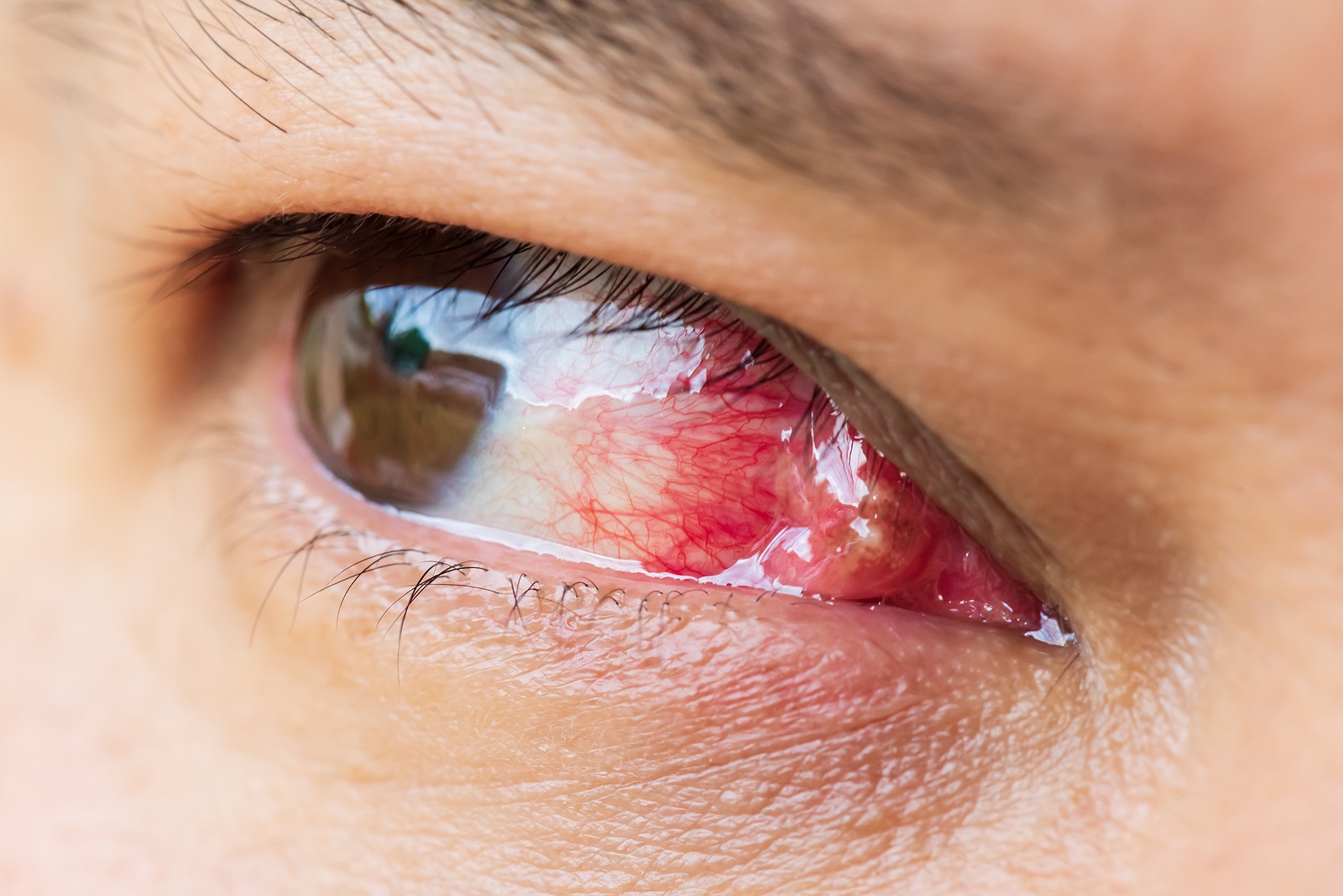8 Questions About Pterygium

If you have a pterygium, many questions probably go through your mind. Don’t worry. Our eye doctors in Grand Junction can treat this fleshy growth on your eye. You even have some options in how you want to handle pterygium removal or treatment.
Make an appointment at Grand Junction ICON Eyecare to properly diagnose your eye condition. We specialize in cataract and LASIK surgery in Grand Junction and have an expert team of eye doctors to ensure you receive the right treatment plan.
Below, find the answers to pterygium FAQs most patients what to know.
1. What is a pterygium?
A pterygium is made of tissue that grows over the eye. Also known as surfer’s eye, it typically comes from overexposure to sunlight. We know you have a lot of questions if this is your first visit to an eye doctor for the condition. Let us provide the answers you’re looking for to ease your mind.
2. What are common pterygium causes?
Researchers haven’t yet identified the exact cause of pterygia. However, prolonged exposure to sunlight and other elements increases your likelihood of developing a pterygium. Other potential causes include exposure to UV light, wind, smoke, pollen, sand and dust.
It occurs more frequently in those living at low altitudes and closer to the equator. If you have dry eyes and spend a lot of time outdoors in windy or sunny conditions, you have a higher risk of developing a pterygium. They are more common in men between 20 and 40 than any other age-gender group.
3. What is pterygium removal?
Surgery is the only way to remove pterygium from the cornea and sclera. However, this is a common procedure and modern surgical methods make it a relatively routine operation. Our highly skilled eye doctors in Grand Junction can also provide other treatment methods for the condition. We’ll work with you every step of the way to make sure that you feel comfortable and confident with your treatment plan.
4. Are there symptoms for a pterygium?
In minor cases, you may barely realize they’re there. Other times you may notice redness, grittiness, or irritation which usually resolves with treatment but might require surgical intervention if symptoms persist. In severe cases, however, pterygia may cause impaired vision. In this case, we highly recommend surgical pterygium removal. Otherwise, the growth may cause corneal scarring that can permanently affect your vision. Come in for an examination by one of our eye doctors in Grand Junction as soon as you notice anything abnormal.
5. Will a pterygium eventually disappear?
Pterygia do not go away without surgical intervention. However, at Grand Junction ICON Eyecare, we won’t recommend surgery until you’re ready or your condition worsens. Let us develop a treatment plan that works for you.
6. So, is pterygium surgery very painful?
No, pterygium surgery isn’t painful. That’s because we use local, topical anesthesia to numb the area. Recovery times vary but, besides a little irritation and discomfort the first few days, many patients recover quickly.
7. How long will I have a pterygium?
Once you develop a pterygium, it does not go away. We can discuss pterygium surgery to remove the growth. While recovery from the surgery typically goes quickly, we ask you to come back for regular post-op check-ins for up to a year.
8. Is a pterygium cancerous or benign?
A pterygium do not indicate cancer. They are benign, fleshy growths caused by overexposure to sunlight and other elements.
[DISPLAY_ULTIMATE_SOCIAL_ICONS]








